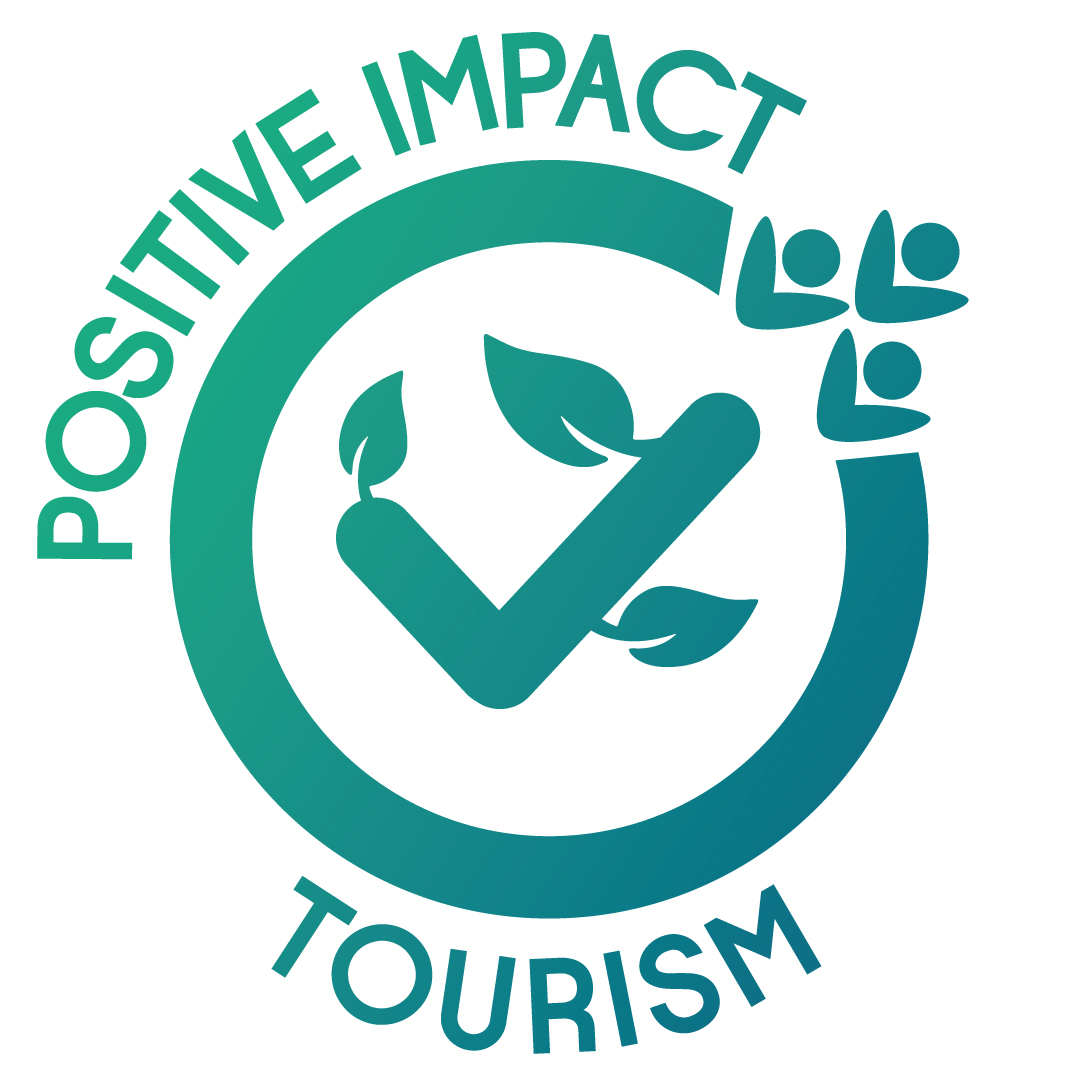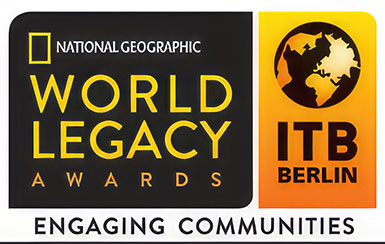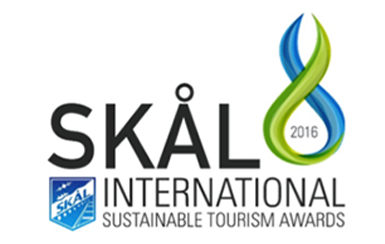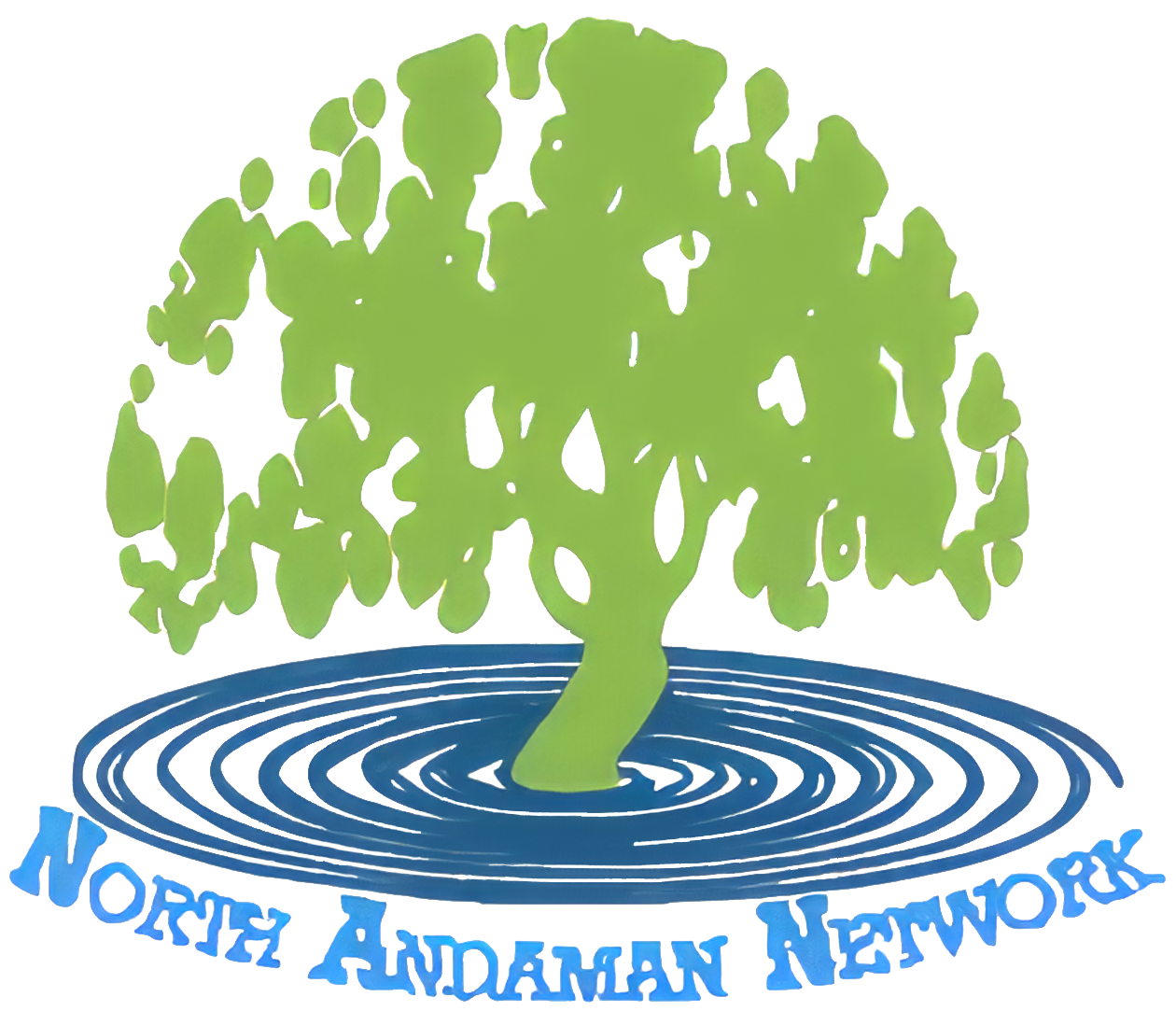Stories from the Field
Ladda Aharn, Ban Talae Nok Ecotourism Group
 Ladda Aharn, or Pink, as her friends call her, smiles as she welcomes the group of tour operators to her village on the Andaman Coast. Unlike the majority of visitors over the past few years, this group of visitors is not here to see the destruction wrought by the tsunami of 2004. Instead, they are here as tourists to enjoy the cultural and natural splendor of Ban Talae Nok, a village of 67 homes situated in between the coral reefs and dense rainforests of Southern Thailand.
Ladda Aharn, or Pink, as her friends call her, smiles as she welcomes the group of tour operators to her village on the Andaman Coast. Unlike the majority of visitors over the past few years, this group of visitors is not here to see the destruction wrought by the tsunami of 2004. Instead, they are here as tourists to enjoy the cultural and natural splendor of Ban Talae Nok, a village of 67 homes situated in between the coral reefs and dense rainforests of Southern Thailand.
Life has not always been so easy for Pink — the majority of her village was destroyed in the tsunami, and, due to declining fish stocks and mangrove destruction, she was unable to return to her traditional fishing lifestyle. With the development of community tourism, however, her luck is turning around.
“We are beginning to understand how to connect tourism with our way of life, and share with people the natural environment that we depend on for our culture and livelihood,” Pink explains.
Since rebuilding their lives after the tsunami, some villagers in rural Thailand are using tourism as a tool for sustainable development. Community members such as Cha now offer homestays, eco-tours, and other activities — allowing visitors to participate in the traditional way of life that so often eludes the casual tourist. Their work has been assisted by the North Andaman Community Tourism Network. Under the sponsorship of IUCN, the network is serving as a bridge between local villages and the private sector.
In the last two years, community tourism has generated over $20,000 USD income for villagers, while also generating funds to a children’s center, mangrove conservation, and other community development projects.












